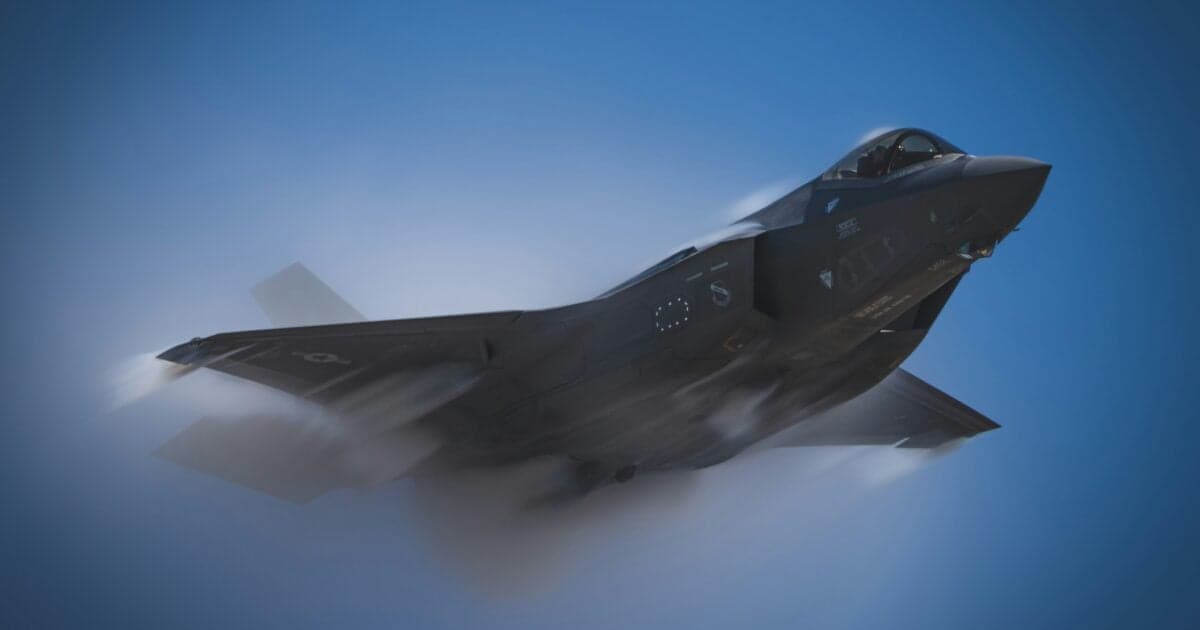Copper Tariffs Are Coming – Here's One Stock to Buy Now


President Donald Trump might have just blown up the copper market...
And it will have implications for investors and the broader economy.
Earlier this week, Trump announced a 50% tariff on copper imports. As the Stansberry Digest team touched on in Tuesday's edition, the headline sent copper prices soaring to a fresh all-time high. The metal gave up some of those gains Wednesday but is still up more than 35% so far in 2025.
This could be the start of a huge move higher in copper prices.
We don't yet know exactly how the White House is going to define copper imports. Will it only impact raw, mined copper? Or will it include industrial goods like electrical wiring made from copper?
So, for now, we can't say exactly how it's going to play out or who it will impact the most.
But we do know that the U.S. uses a lot of copper. Last year, the U.S. consumed about 1.9 million metric tons of copper. That put America just behind China in terms of total copper consumption. But only about 1 million metric tons of that was produced here in the U.S. About 900,000 metric tons of copper was imported.
That means nearly half of all copper consumed in the U.S. could find itself subject to a 50% tariff in a few weeks.
And that could have a negative impact on the broader American economy. And to understand why, we have to look at the commodity's role in economic growth.
Why Copper Is So Important for the Economy
Humans have used copper in meaningful quantities longer than any other metal. It has been around – as an economic commodity – for more than 10,000 years.
And it would be hard to overstate its importance to a developed economy. The president appears to have acknowledged that.
In a Truth Social post Wednesday, Trump cited a "national security assessment" as the reason for the new tariffs. From the post...
Copper is necessary for Semiconductors, Aircraft, Ships, Ammunition, Data Centers, Lithium-ion Batteries, Radar Systems, Missile Defense Systems, and even, Hypersonic Weapons, of which we are building many. Copper is the second most used material by the Department of Defense.
But copper is used in much more than just the defense sector. It's a critical component for just about anything. As the Commodity Supercycles team explained in their May issue...
Copper is an essential commodity. The base metal is a vital component in electrical wiring, telecommunications, motors, and across the construction industry. It's crucial for making electric vehicles and for renewable-energy infrastructure.
The metal is so essential that it has gained the moniker "Dr. Copper." The idea is that demand for copper is a fair barometer of economic growth.
So why the tariffs?
Trump could be implementing this tariff to try and boost domestic copper production. According to the U.S. Geological Survey, the U.S. has about 46 million metric tons of copper reserves – good for more than 5% of the global supply.
And that means the U.S.'s own reserves could cover about 24 years of consumption, if it remains steady at today's level. So, there's plenty of supply. But with artificial intelligence, electric and autonomous vehicles, and renewable energy, we're willing to bet copper demand only picks up from here. And so, the White House may want to secure supplies of a critical metal before we get a demand crunch.
Of course, getting it out of the ground is a different question. It can take more than a decade to get a mine from development to production. So even if copper companies look to boost their output within the U.S., it's not going to happen anytime soon.
What Tariffs Mean for Copper Miners
As I said above, about half of the copper used in America is imported from other countries. Of those imports, more than half come from Chile, with Canada, Mexico, and Peru also accounting for large quantities.
Copper mining stocks like Southern Copper (SCCO), Freeport-McMoRan (FCX), and BHP (BHP) generate a large part of their production from overseas...
- All of Southern Copper's mining and refining facilities are in Peru and Mexico.
- Nearly two-thirds of Freeport's copper sales come from mines in Indonesia and South America.
- BHP operates the world's largest copper mine in Chile.
That means they're all exposed to the new 50% tariff on copper imports. And that could have a big impact on their businesses.
Remember, tariffs are paid by the entity importing the item. That means any business importing copper effectively has a 50% price hike. All else equal, that can lessen demand for imported copper. The copper producer can "eat" some of those costs, but only so much before it becomes unprofitable.
It's still too early to know exactly how this will play out. But you can bet the executive teams of these companies are working out the impact on their operations. We should get the first indications when Southern Copper and Freeport hold their quarterly earnings calls later this month.
The market isn't too worried... yet.
Thanks to the spike in the price of copper, both BHP and Freeport-McMoRan have jumped since the announcement, while Southern Copper is down slightly after spiking higher on the initial headline.
Should You Buy Copper Mining Stocks After the Tariffs?
All three of these companies get solid ratings in our proprietary Stansberry Score, which measures a stock's quality as a long-term investment.
Southern Copper receives a score of 90, with A ratings for financials and capital efficiency, and a B rating for valuation.
BHP gets the next highest score at 88. It also receives A grades for financials and capital efficiency, with a B rating for valuation.
In fact, these two companies both get A+ overall scores and rank in the top 40 of all 4,625stocks in the Stansberry Score universe.
Freeport-McMoRan gets the lowest grade of the three, with an overall score of 69. It gets B grades for financials and capital efficiency, but a C grade for valuation. Still, an overall score of 69 is good for a B grade.
And while Freeport receives the lowest grade of the three, it might be in the perfect spot to benefit from tariffs on copper imports.
While close to two-thirds of its copper production comes from overseas, the last third comes from the U.S. And the U.S. counts for 46% of Freeport's copper resources, meaning it could make up a larger part of the company's overall production.
Freeport already calls itself the "dominant U.S. copper producer," with its domestic operations accounting for 70% of all U.S. refined production.
If you're looking to invest in copper miners while the tariffs are still in the headlines, these three companies are great choices to put on your shortlist based on our proprietary Stansberry Score.
And if the tariffs take place as announced, Freeport-McMoRan may be in the best spot to take advantage.






